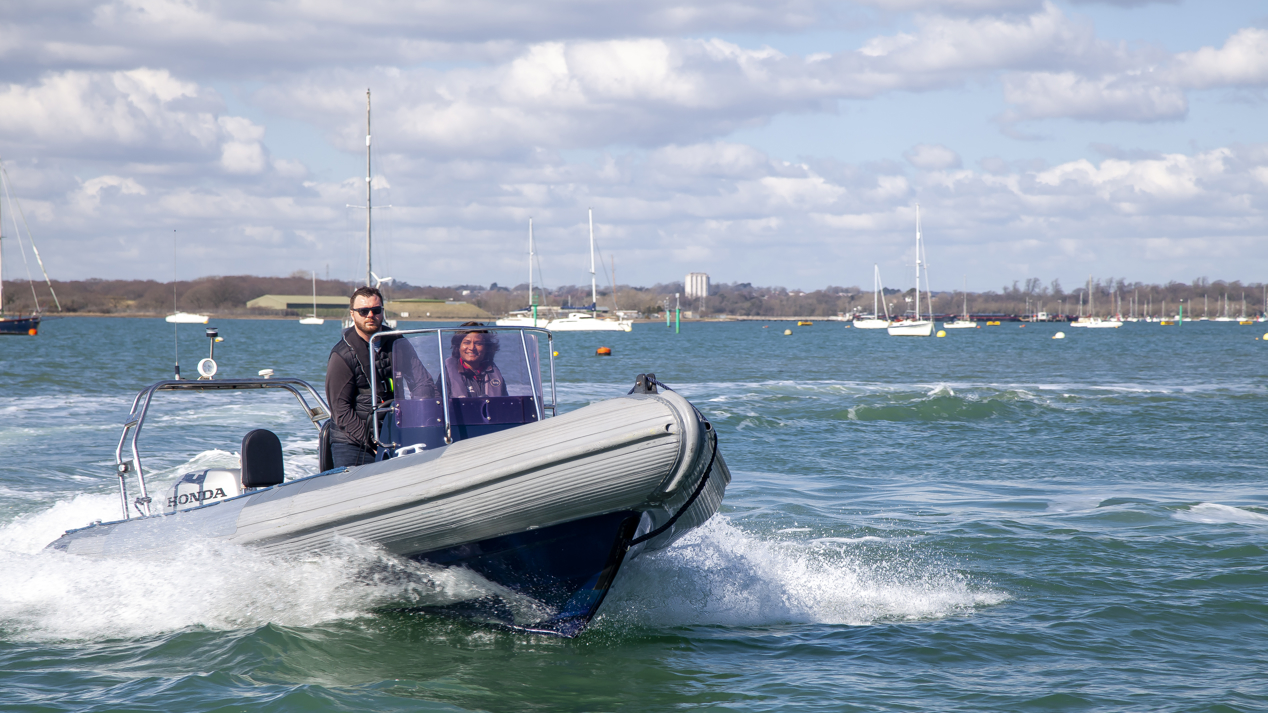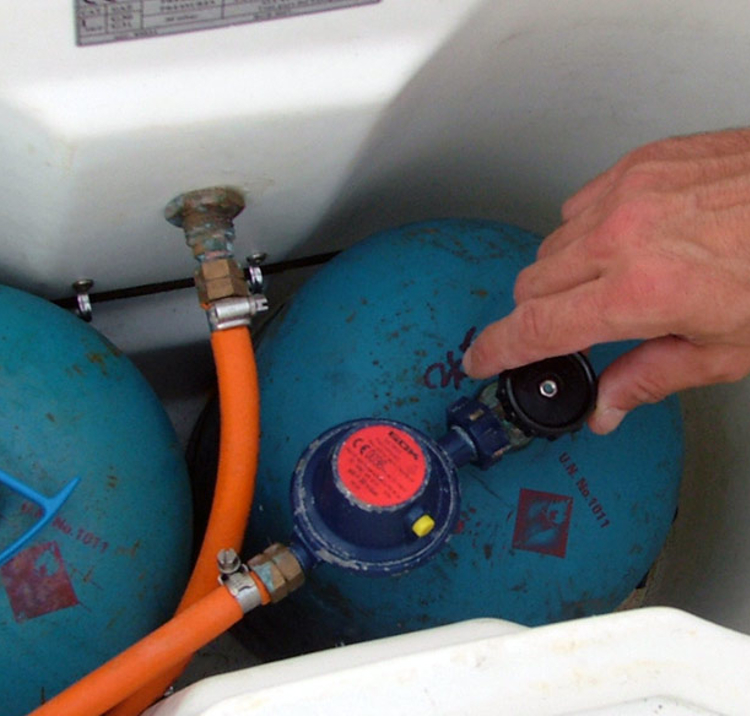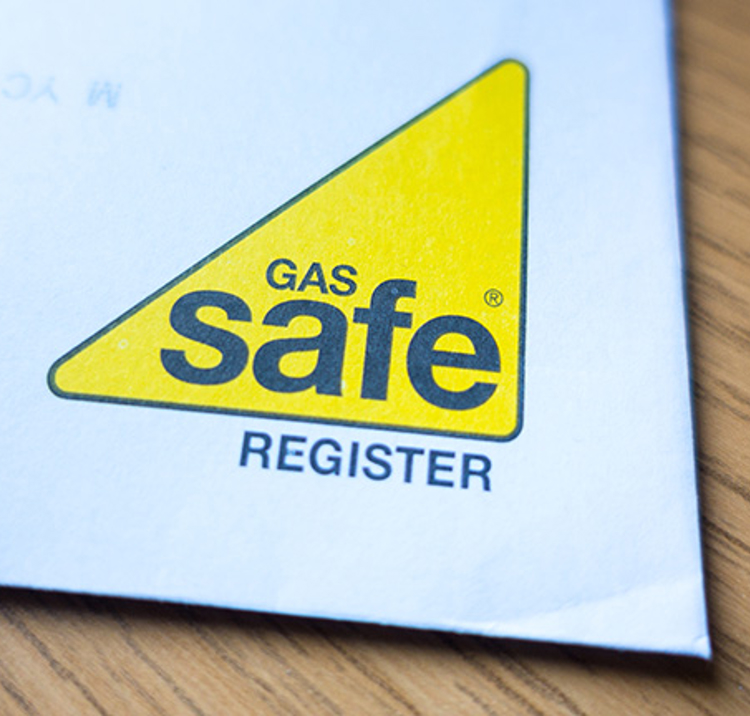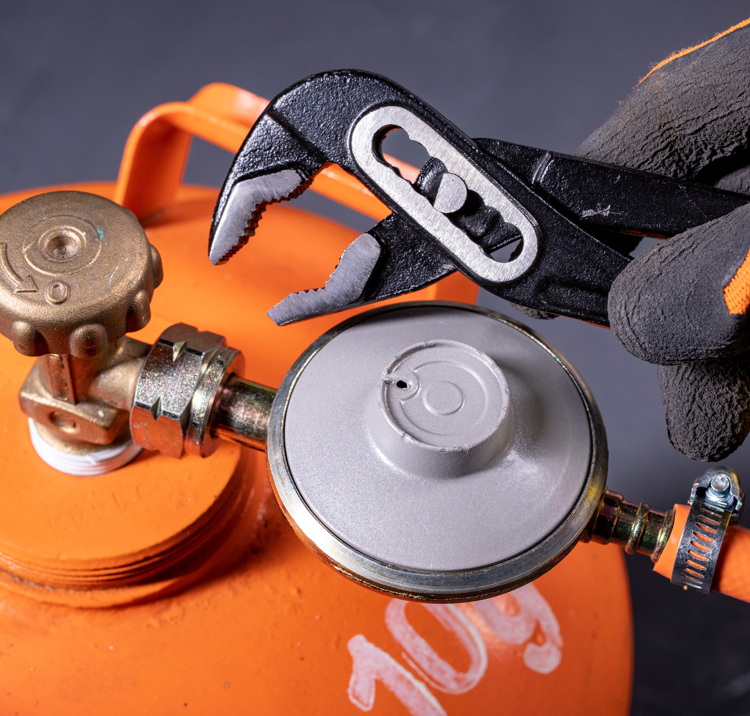Gas safety regulations for boats
Understand the gas safety regulations that will safeguard you and your crew
The rules
Since 16 June 1998, all recreational craft up to 24m in length placed on the market in the EU have had to conform with the EU Recreational Craft Directive (RCD) requirements. The RCD was implemented in UK law as the Recreational Craft Regulations (RCR).
The RCR has now been amended following the UK leaving the EU. RCR currently sets out identical essential requirements to the RCD.
New rulings
The RCD/RCR state that where an LPG gas system is fitted for onboard domestic use it should be of the vapour-withdrawal type. Designed and installed to avoid leaks and the risk of explosion, whilst capable of being tested for potential leaks.
Each gas appliance intended by the manufacturer for the application it is used for, must be installed in accordance with that manufacturer’s instructions. Each gas-consuming appliance must be supplied by a separate branch of the distribution system, and each appliance must be controlled by a separate closing device. Adequate ventilation must be provided to prevent hazards from leaks and products of combustion.
All watercraft with a permanently installed gas system shall be fitted with an enclosure to contain all gas cylinders. The enclosure shall be separated from the living quarters, accessible only from the outside and ventilated to the outside so that any escaping gas drains overboard. Any permanently installed gas system shall be tested after installation.
Regulation 41 of the RCR (Article 14 of the RCD) states that products that are in conformity with a standard designated by the Secretary of State (a harmonised standard in the EU) (or identified parts of such a standard) shall be presumed to be in conformity with the essential requirements covered by those standards or parts of those standards.
ISO 10239
This International Standard covers:
- The installation of permanently installed liquefied petroleum gas LPG systems and LPG burning appliances on recreational craft of up to 24 m length of hull.
- Pressure regulation devices (regulators) requirements including corrosion resistance.
- Storage of LPG cylinders.
ISO 10239 is a designated UK standard and a harmonised EU standard. LPG gas systems that are installed in accordance with ISO 10239 are presumed to be in conformity with the essential requirements for permanently installed LPG gas systems.
Section 5 of ISO 10239:2014 notes that pressure regulation devices in accordance with EN16129:2013, Annex M, meet the pressure regulation requirements set out in ISO 10239. Section 5 of ISO 10239:2008 notes that pressure regulation devices in accordance with EN12864:2001, Annex M, meet the pressure regulation requirements set out in ISO 10239.
To ensure that a regulator is designed properly to meet the specifications of EN10239 section 5, a regulator certified to either EN12864 Annex M or EN16129 Annex M should be fitted. The standards can be verified from the data label that is fixed to the regulator.
EN 16129: 2013
EN 16129 defines the construction and operational characteristics, safety requirements test methods and marking for regulators. Additional test and marking requirements for seawater boats are set out in Annex M. A regulator that conforms to the requirements of EN 16129, Annex M will be marked with a reference to EN 16129 and include the marking “Marine”.
It should be noted that the publication of EN16129:2013 merged the requirements of the following three European standards covering the requirements for LPG regulators and replaced BS 3016, which has been withdrawn:
- EN12864: 2001+A3: 2009 Low pressure non-adjustable regulators
- EN13786: 2004+A1: 2008 Automatic changeover valves
- EN13785: 2005+A1: 2008 Regulators other than those covered by EN 12864
EN12864: 2001+A3: 2009 defines the structural and operational characteristics, safety requirements, test methods and marking of low-pressure nonadjustable regulators for Butane and Propane (including their mixtures). Regulators covered by this standard are designed for a maximum outlet pressure of up to and including 200mbar and a maximum capacity of up to and including 4kg/h. The standard also covers regulators designed to be used in seawater boats. All though the standard has been superseded by EN 16129, it is still possible to find regulators marked with this standard (see buying a new regulator above).
EN13786: 2004+A1: 2008 deals with the construction and operational characteristics of automatic changeover devices that maintain the gas supply continuity by automatically using gas from a reserve cylinder(s) when the supply pressure from a service cylinder preselected by the user drops below a set value. These systems are not within the scope of this guidance note and are not considered further.
EN13785: 2005+A1: 2008 defines the construction and operation characteristics of regulators other than those covered by EN 12864 which covers regulators that are intended for seawater boats. As such it is not considered further.
Related content
Explore our safety hub
For more information about staying safe on the water visit the RYA Safety hub.




